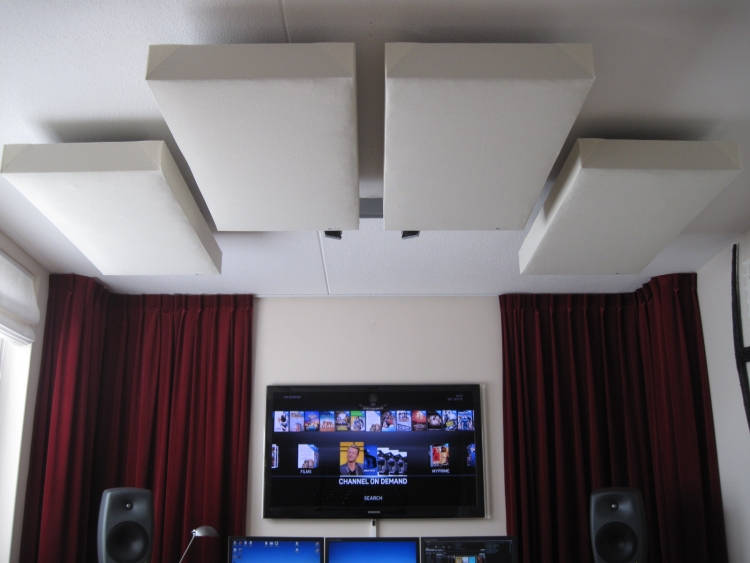
In my main system I have always managed to avoid room treatment
I’ve done this by balancing the sound by carefully setting up and aligning the system and listening spot in the available space. It also helps that the speakers there are full-range dipoles. From their reputation, you’d think that they would be demanding, but I find that in my situation it is actually easier to get good bass with Apogees and Magnepans, than with dynamic speakers.
For my Media Room however I had to deal with a more confined space, and here it proved highly necessary to get some professional help, and GiK came to the rescue.
Manufacturer’s Website: GiK Acoustics
Retail price for one 244 panel: approx 95 euro (only available in pairs)
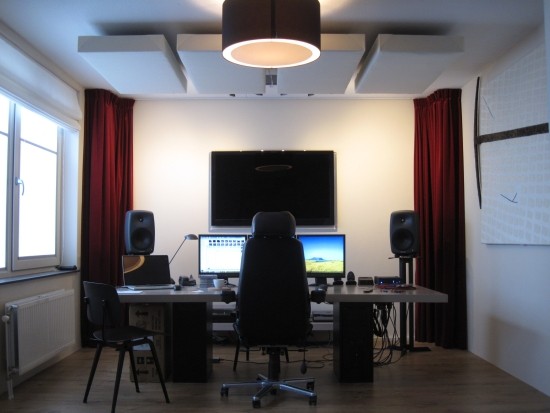
Background
Until recently, I used relatively non-full-range speakers in my various computer rooms. The sound was always pretty good, or at least good enough at least for computer use. But when I decided to knock down 2 walls and to combine the TV room and computer room, I envisioned that the sound system needed to be brought up to spec.
After I had obtained a pair of genuinely full-range Genelec 8050 speakers, I found that I had a serious peak in the mid-bass at around 120hz. No matter how many pillows I stuffed in the corners, the problem persisted. I even got large tubular foam pillars for in the corners, but all that did was to tame the reverberance, annoyingly leaving the bass peak perfectly intact.
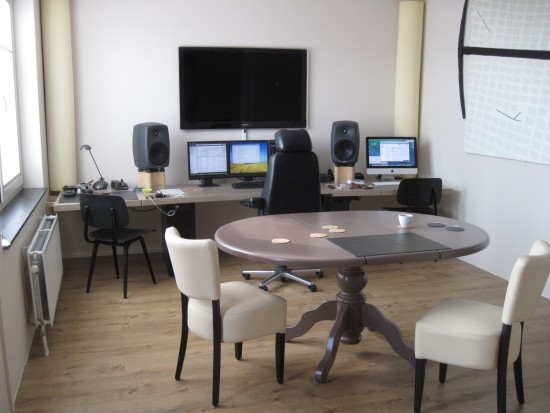
My initial setup is shown in the above two pictures. You can see the desk right against the rear wall, with the speakers mounted directly on the desk. This arrangement allowed me to also include a dining table in the middle of the room and still leave room for walking around.
GiK
Not able to solve the problem myself, I decided to approach a company that makes acoustic panels for professional use. Searching the ‘net it quickly becomes clear that there are only two big players: RealTraps and GiK. Considering that this was going to be my first step into treating the acoustics in my room, I decided to go with the manufacturer that makes the most affordable products, which is GiK.
Customer Service
Before placing my order, I mailed GiK with some questions and it has to be said: they are incredibly customer friendly. My initial contact was Alexander, and mail after mail he patiently helped me get to the core of my problem, eventually leading to the available options. Amongst other things, Alexander also advised me to pull the desk away from the front wall, and not to mount the speakers on the table directly. At first, I wasn’t prepared to do this, because it would mean eliminating the dinner table in the middle of the room. I would first leave everything as is, and tackle the acoustics using GiK panels.
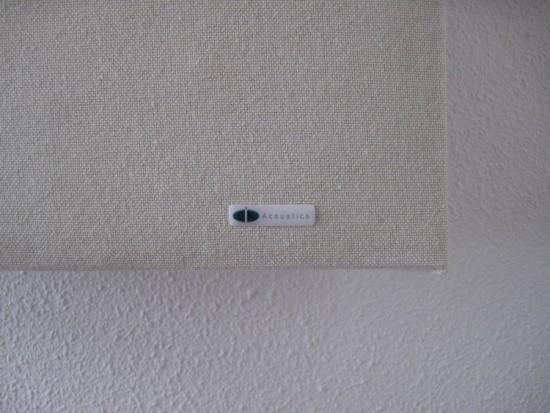
I settled on four 244 panels, and according to Alexander, the best option to counter my specific problem was to mount them on the ceiling. I was almost ready to order, but then decided that the diner table could be eliminated after all, and my desk could be pulled away from the front wall. All through this process, I kept in contact with Alexander, and I must stress it once more: with infinite patience!
Once my new arrangement was finished (it took a while because I also had to build a new desk and order speaker stands, along with some other infrastructural work), I placed my order for four 244 panels at GiK.
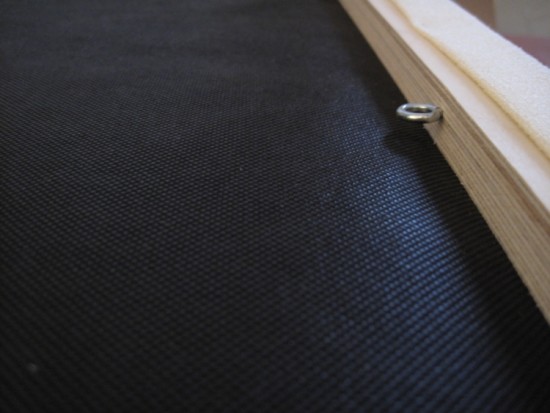
Packing and quality
The panels come packed in pairs, with the outer side inward, to protect them from possible damage during transit. The panels themselves are finished to a high standard, and even the standard cream white fabric that I ordered them in is very nice. At their price I would call them nothing short of ridiculous bargains.
Mounting
Normally one would use the incorporated o-rings and some of the supplied metal wire, to attach the panels to the wall. For ceiling mounting, GiK have special brackets, but because I didn’t find them to look particularly attractive, I decided to figure out a more invisible mounting system myself.
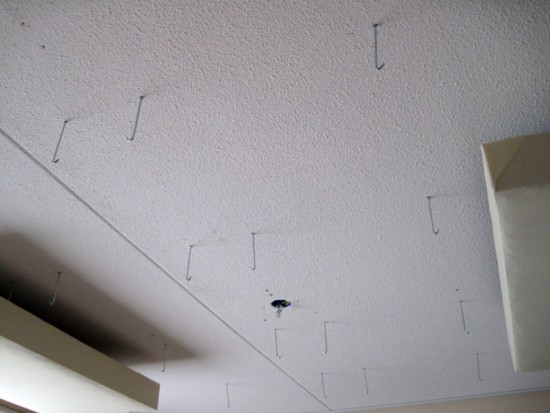
Experimenting
Because this was still partially going to be trial and error, I made lots of holes in the ceiling, screwed in some large screw hooks, and mounted away.
Stage 1
Due to the lighting on the ceiling, I chose to mount the panels in an offset fashion, “around” the lighting. Before starting the job, I had already saved a playlist with tracks that highlight my bass problem and had done some serious listening in advance. After the 4 panels had been mounted I couldn’t wait to start that playlist again.
First result
The difference was not at all subtle! Not only was the bass peak seriously decreased, but focus was much improved, as was the precision in soundstaging. Along with these improvements, the intimacy with the music was also improved. Importantly, the natural acoustics and liveliness of the music was still 100% intact.
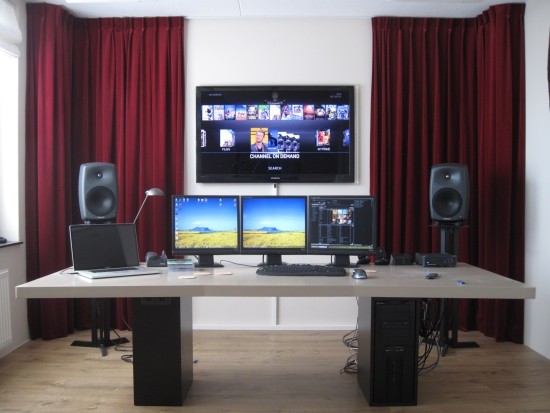
Tuning
The red curtains were left in place, and provide a neat way to precisely dial in to the right mix between lively and intimate. Sometimes I listen with them closed right up to the TV, but most of the time I have them open until right behind the speakers.
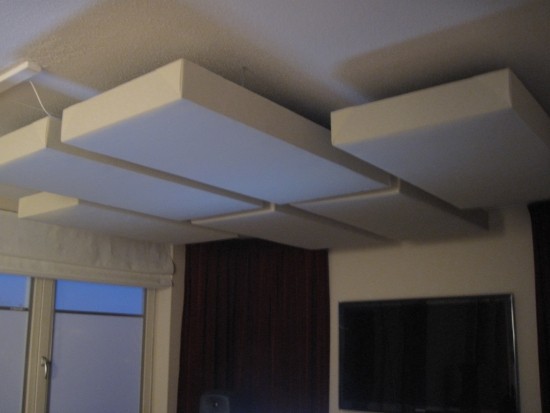
Stage 2
Although the sound had improved an enormous amount, when leaning with my head over the desk, I could still hear the onset of the 120hz peak. Looking back, this makes sense, because the 2 middle panels stopped right above my head, due to the lighting on the ceiling. Because in the meantime I had obtained 2 more panels, I could do some experimenting. Instead of mounting one more panel sideways, I decided to add both panels to the 4 already on the ceiling, still working around the lighting fixture. In the process, I decided it was better to remove the lighting spots and to re-attach them later using a suspension system.
Result of Stage 2
After mounting the extra 2 panels, I played the same tracks again and had to conclude 2 things: 1. for sure, the bass peak had vanished. 2. dynamics and liveliness were now greatly diminished. Darn, what was I to do?
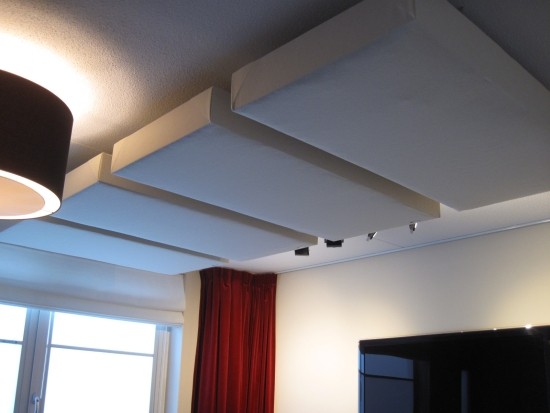
Stage 3 – Final Result
As it turns out, and as always in audio, throwing in more of the same is not guaranteed to work, and you just have to be more clever with the things you use. My working around the lighting was all wrong, and after I had admitted that to myself, I drilled some new holes, this time aligning all 4 panels, right above the desk.
Bingo!
The sound was no longer deadened, but all the same, the bass peak was now totally gone, and all the other virtues mentioned above were still present: excellent focus, precise soundstage imaging, and a more intimate, natural sound.
Conclusion (for now…)
GiK offers customer service second to none. Scratch that: never before have I dealt with such customer-oriented persons, and I have to give a big thank you to Alexander, as well as David, who also helped me out in the last stage. The products come finished to a high standard, and most importantly, they work splendidly. Not only do the 244 panels work well, they are also very cost-effective. Could you build similar bass absorbers yourself? Sure, if you’re handy enough you could. But you’d have to have a lot of patience, work with skin-irritating materials, spend a big chunk of the cost price of the 244 panels, and still end up with a product that probably doesn’t look as good as a real GiK product. I’d say spend the effort on something fun and just contact GiK.
In this review, I only covered the 244 panels, and I am well aware that GiK has many more products in their portfolio, but the 4 panels I use are already so effective that there is no further need for treatment. Nevertheless, it is worth mentioning that while the 244 panels are so-called wide band bass traps, GiK also makes more advanced products such as Tuned Membrane bass traps, various diffusers, and various corner traps.
Continue reading the next installment
part 1 – part 2
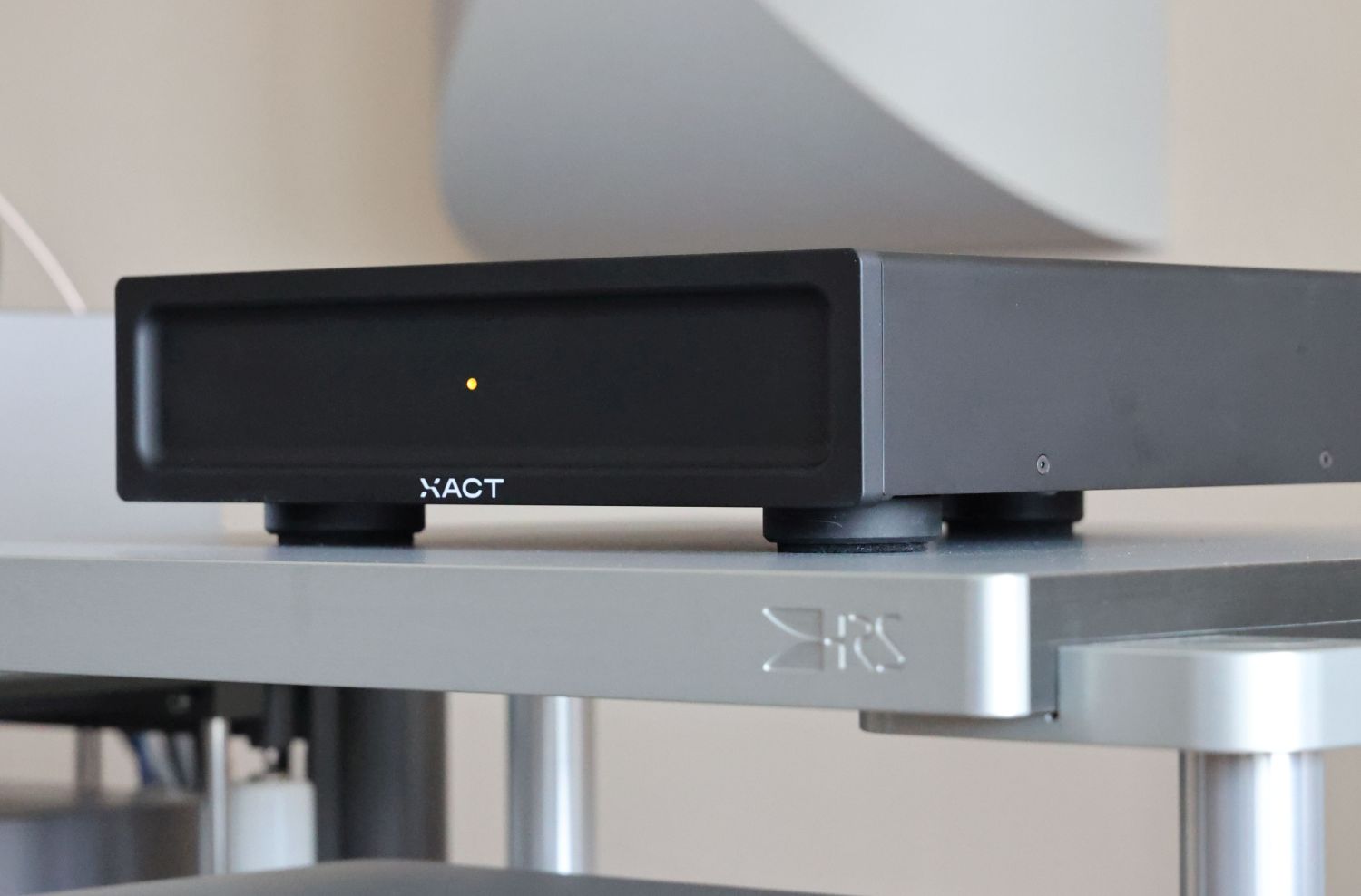
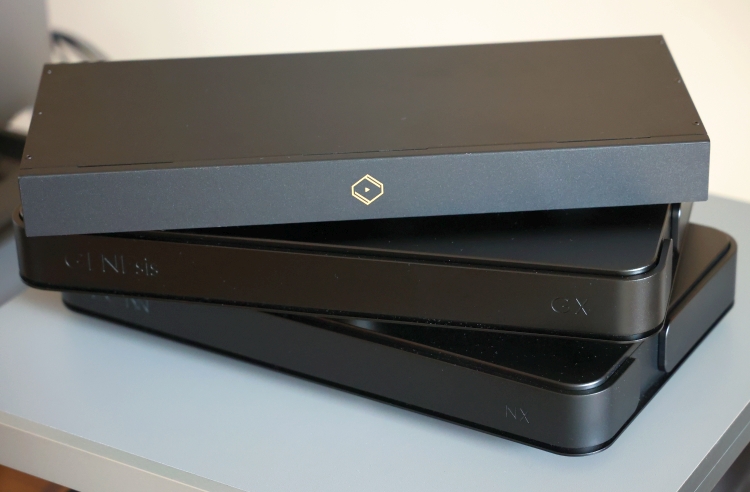
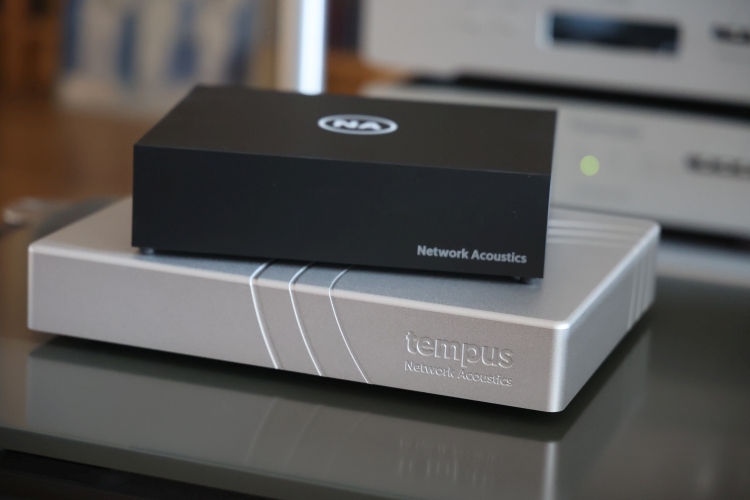

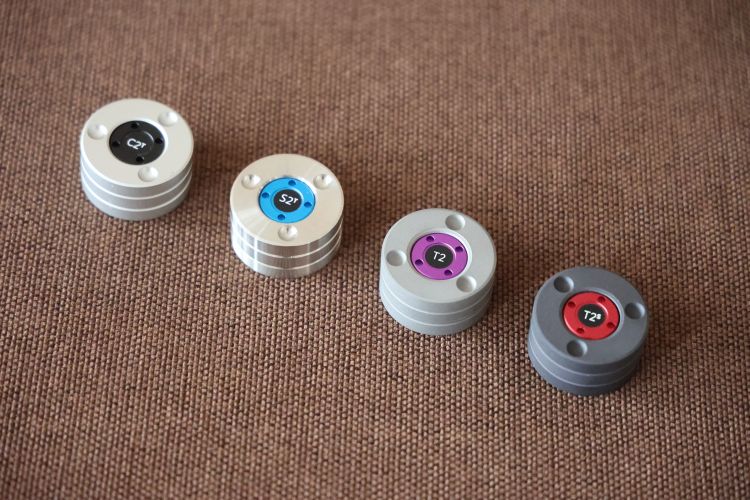
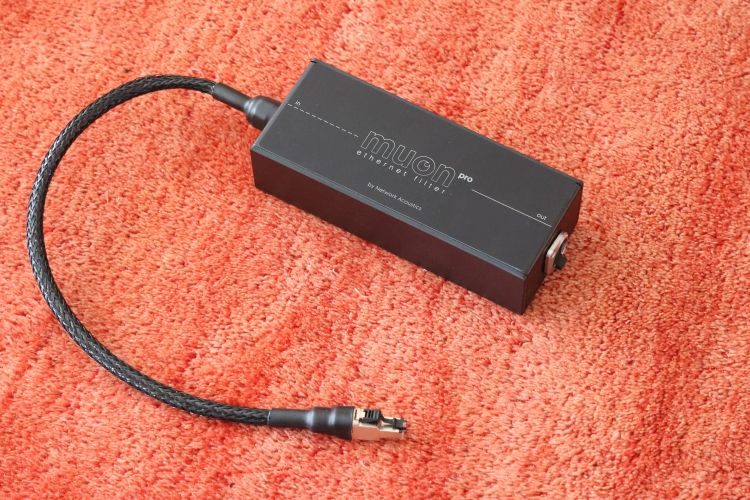
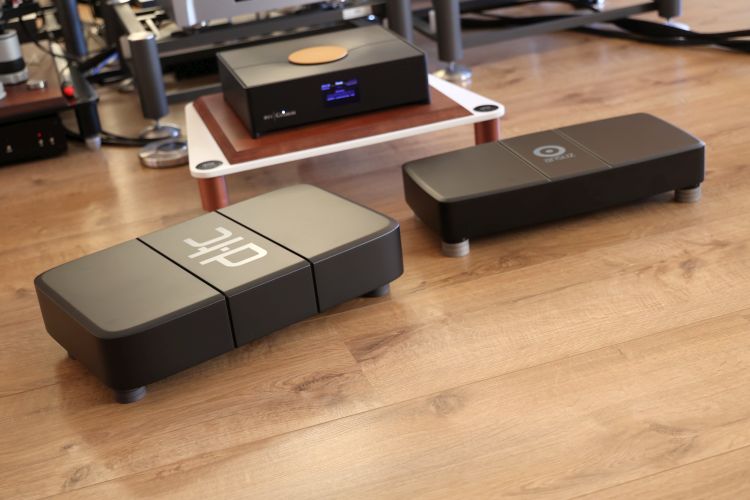
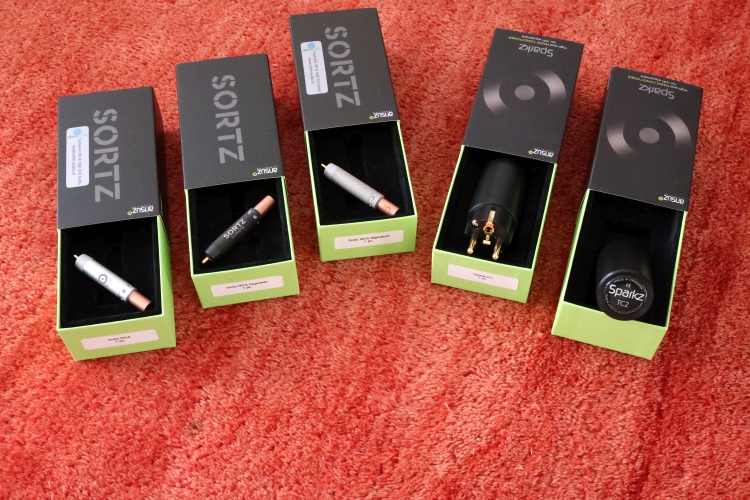
What are the hooks called that you used to mount the 244s on the ceiling and where did you get them from?
I forget the name, but they are straight screws meant to fix insulation, such as Rockwool to rigid walls. I bent the pins using pliers to make them into hooks.
Thanks. It was a great idea.